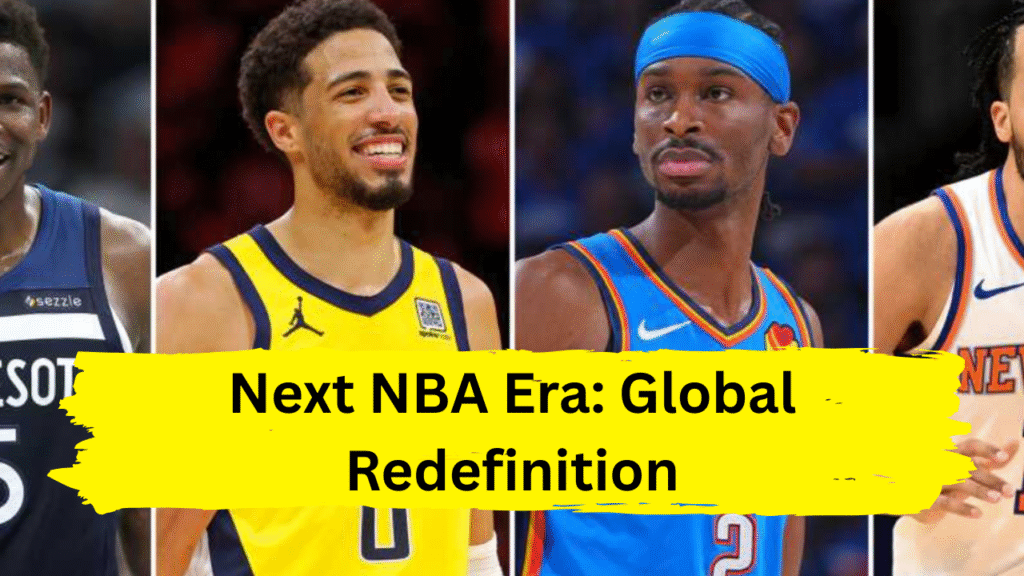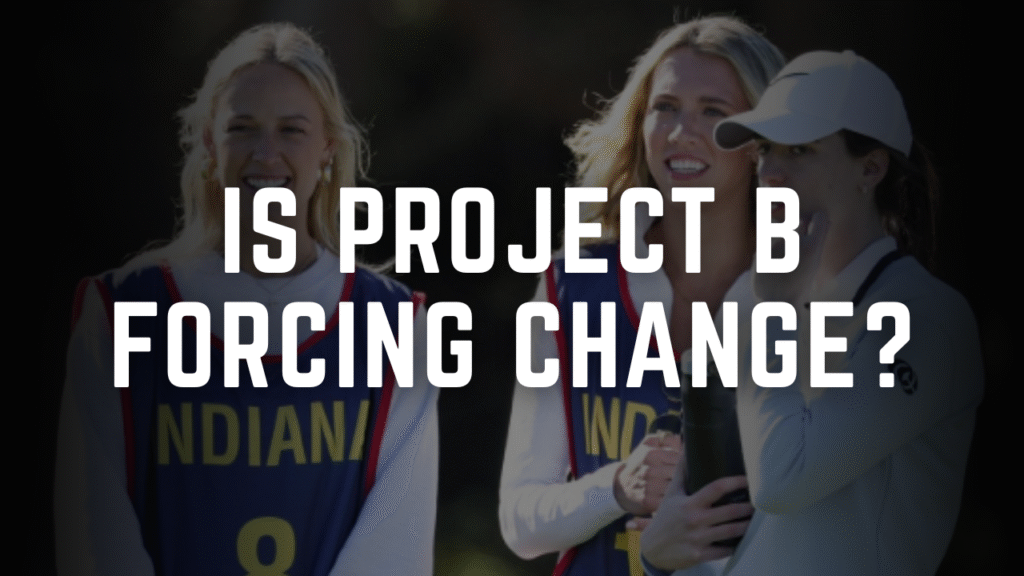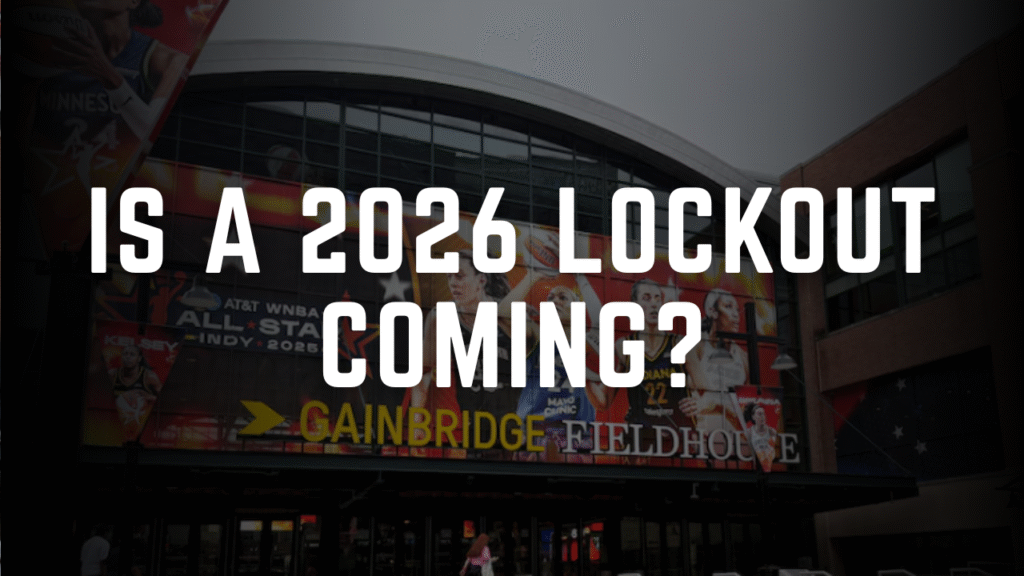The NBA is on the brink of a seismic shift. As legends like LeBron James and Stephen Curry inch toward retirement, a wave of young talent—both homegrown and international—is poised to dominate the league. From Cooper Flagg, the Duke prodigy destined to become the Mavericks’ savior, to European prospects like Egor Demin drawing comparisons to Luka Dončić, the future of basketball is brighter and more globally connected than ever. Here’s how the next decade will reshape the NBA, blending fresh faces, revolutionary playstyles, and a cultural evolution that could make the 2020s the most exciting era yet.
Cooper Flagg: The Face of America’s Basketball Revival
When the Dallas Mavericks defied 1.8% odds to land the No. 1 pick in the 2025 NBA Draft, their fortunes changed overnight. Cooper Flagg, a 6’9” forward from Duke, isn’t just a generational talent—he’s a symbol of hope for a franchise still reeling from the Luka Dončić trade. Flagg’s freshman season was historic: he became the fourth freshman to win the Wooden Award, dominated defensively, and showcased a versatile offensive game that blends elite passing, shot creation, and three-level scoring .
Scouts are split on his ceiling: Is he a franchise cornerstone or a perennial All-Star? But Flagg’s maturity and work ethic suggest he’ll thrive alongside veterans like Kyrie Irving and Anthony Davis. As one ESPN analyst noted, “He’s the perfect bridge between Dallas’ present and future” . For a league craving new American heroes, Flagg’s rise couldn’t be timelier.
Global Takeover: International Prospects Set to Rule the NBA
The NBA’s globalization isn’t slowing down—it’s accelerating. Beyond established stars like Giannis Antetokounmpo and Nikola Jokić, the 2025 draft class features a slew of international phenoms. Take Egor Demin, a 6’7” guard from Russia who models his game after Dončić, or France’s Noa Essengue, a 6’10” forward with Jerami Grant-like versatility .
Even Cooper Flagg’s Duke teammate, Khaman Maluach, hails from South Sudan and projects as a defensive anchor akin to Dereck Lively II . This trend reflects a broader shift: By 2030, over half of the NBA’s top 20 players could be international, transforming the league into a truly global spectacle . As one Western Conference executive put it, “We’re entering the era of the international superstar” .
The Draft Class of 2025: Depth, Drama, and Franchise-Altering Picks
While Flagg headlines the 2025 draft, the class is stacked with franchise-changing talent:
- Dylan Harper (Rutgers): A 6’6” guard with Cade Cunningham’s playmaking and Jalen Brunson’s grit, Harper is the Spurs’ likely pick at No. 2. His ability to pressure the rim and create for others makes him an ideal backcourt partner for Victor Wembanyama .
- Ace Bailey (Rutgers): A polarizing but electrifying wing, Bailey’s 6’10” frame and scoring instincts have drawn comparisons to Brandon Miller. The 76ers, picking third, could pair him with Tyrese Maxey to build a new-look “Process 2.0” .
- VJ Edgecombe (Baylor): The Bahamas native is this draft’s most explosive athlete, drawing Andrew Wiggins comparisons. His defensive intensity and slashing ability could make him the Hornets’ missing piece alongside LaMelo Ball .
Teams like the Jazz (Jeremiah Fears) and Wizards (Tre Johnson) face pressure to nail their picks, as falling in the lottery adds urgency to rebuilds . Meanwhile, sleeper prospects like Alex Toohey (compared to Bojan Bogdanović) and Adou Thiero (a Jimmy Butler-esque defender) could become steals .
The Evolution of Playstyles: Positionless Basketball and the “Curry Effect”
The NBA’s tactical revolution isn’t over. The rise of “positionless” players—think Flagg defending guards and centers, or Harper initiating offense as a jumbo guard—reflects a league prioritizing versatility. Coaches are increasingly borrowing from Steve Kerr’s Warriors, emphasizing pace, spacing, and three-point shooting. As one Eastern Conference assistant coach noted, “We’re seeing a generation of Curry clones” .
This shift is evident in prospects like Tre Johnson, a sharpshooting guard who models his game after Tyler Herro, and Liam McNeeley, a Duke forward channeling Gordon Hayward’s scoring versatility . Even centers like Alex Condon (Alperen Şengün comparisons) are expanding their games beyond the paint, blending post moves with playmaking .
The Business of Tomorrow: Expansion, Betting, and Fan Engagement
Off the court, the NBA is poised for dramatic changes:
- Expansion: Seattle, Las Vegas, and Mexico City are front-runners for new teams, with league executives calling expansion “a matter of when, not if” .
- Sports Betting: Commissioner Adam Silver’s push for legalized gambling is reshaping fan engagement. Real-time bets and VR camera angles could soon make games interactive experiences .
- Schedule Reforms: A shorter 78-game season and in-season tournaments aim to reduce injuries and boost competitiveness—critical for preserving stars like Flagg and Wembanyama .
Conclusion: A League in Transition, A Future Unwritten
The NBA’s next decade will be defined by its ability to balance tradition and innovation. Cooper Flagg’s arrival signals a resurgence of American talent, while international prospects ensure the game’s global footprint grows deeper. Tactical creativity, business savvy, and a commitment to player health will determine whether this era rivals the Jordan or LeBron epochs.
One thing is certain: The NBA’s future isn’t just bright—it’s boundaryless. As fans, we’re witnessing the dawn of a new golden age, where every draft pick, trade, and tactical tweak could alter the league’s trajectory. Strap in: The 2020s are about to become basketball’s most thrilling chapter yet.
For more insights, explore ESPN’s 2025 mock drafts , HoopsHype’s player comparisons , and The Washington Post’s analysis of the NBA’s global future .


